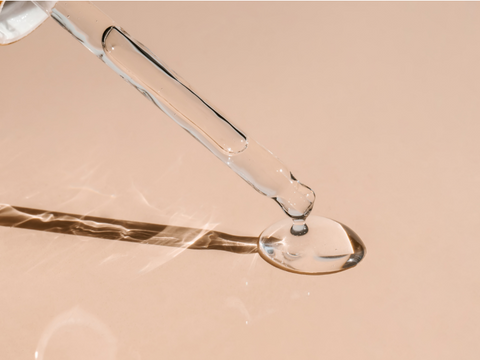12 Effective Ways to Remove Dark Spots for Healthy Unblemished Skin
The problem with dark spots is that they won’t go away easily once they’ve appeared on your skin.
While they are not dangerous, dark spots can be unsightly and make you feel self-conscious. If you could make them fade in a few snaps of your fingers, you would.
However, it doesn’t work that way.
You would have to find the right treatment to get rid of every single dark blemish on your face.
There are various types of dark spots, so it's important to identify the cause before starting any treatment. Some causes include sun exposure, aging, acne scarring, pregnancy, melasma, and post-inflammatory hyperpigmentation.
While the exact cause of each type of dark spot may be different, they all share one common trait: they are often difficult to treat.
Thankfully, there are many different kinds of dark spot treatments available and most of them are effective. If you want to find which treatment best suits your dark spots, read on.
 Chemical peels are another popular dark spot treatment. There are different types of chemical peels, but all of them involve applying an acidic solution to the skin to peel away the top layer and reveal new, lighter skin underneath. This can help remove dark spots and other blemishes. Chemical peels can be done at home or at a salon. If you're doing it at home, be sure to follow the directions carefully and use a sunscreen afterwards. Chemical peels can cause sunburns, so it's important to protect your skin from the sun.
Chemical peels are another popular dark spot treatment. There are different types of chemical peels, but all of them involve applying an acidic solution to the skin to peel away the top layer and reveal new, lighter skin underneath. This can help remove dark spots and other blemishes. Chemical peels can be done at home or at a salon. If you're doing it at home, be sure to follow the directions carefully and use a sunscreen afterwards. Chemical peels can cause sunburns, so it's important to protect your skin from the sun.
While they are not dangerous, dark spots can be unsightly and make you feel self-conscious. If you could make them fade in a few snaps of your fingers, you would.
However, it doesn’t work that way.
You would have to find the right treatment to get rid of every single dark blemish on your face.
There are various types of dark spots, so it's important to identify the cause before starting any treatment. Some causes include sun exposure, aging, acne scarring, pregnancy, melasma, and post-inflammatory hyperpigmentation.
While the exact cause of each type of dark spot may be different, they all share one common trait: they are often difficult to treat.
Thankfully, there are many different kinds of dark spot treatments available and most of them are effective. If you want to find which treatment best suits your dark spots, read on.
1. Hydroquinone

2. Retinoids

3. AHAs (Alpha Hydroxy Acids)

4. Kojic Acid

5. Vitamin C

6. Azelaic Acid

7. Retinol

8. Chemical Peels

9. Laser Therapy

10. Microdermabrasion

11. Microneedling

12. Dark Spot Removers

